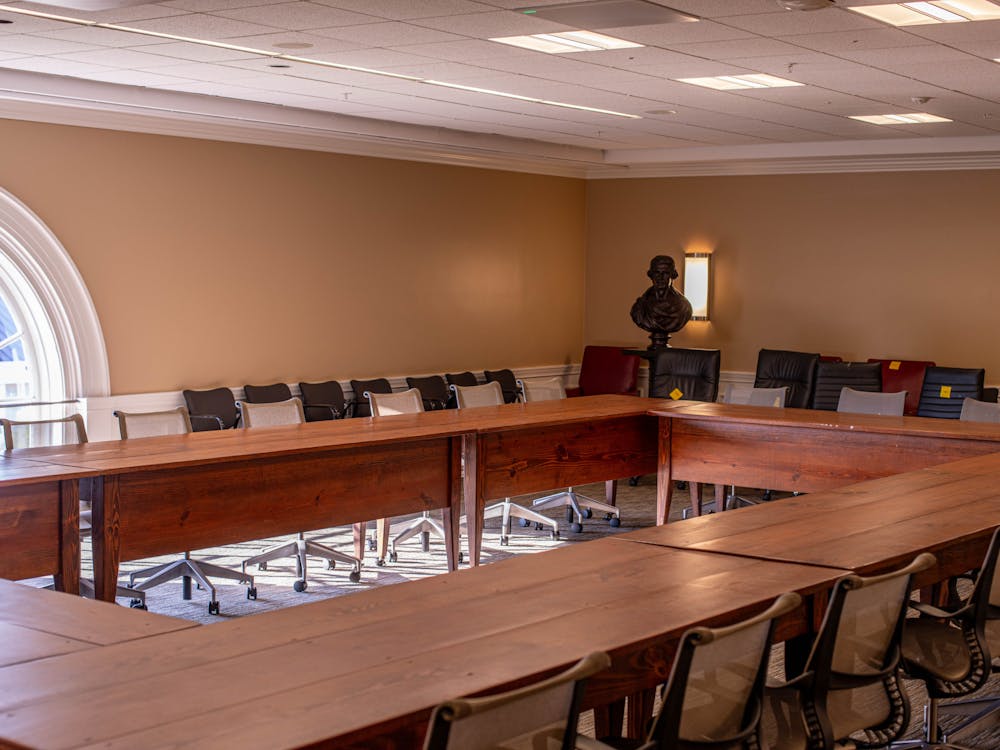The Board of Visitors listened to concerns about the underrepresentation of Asian-American faculty members at the University and also discussed statistics about Asian-American students during the Board’s Educational Policy session yesterday.
Overall, Asian-Americans are overrepresented within the University’s student population. Asian-Americans make up 11.4 percent of the undergraduate population, though they are only 4.4 percent of the United States’ population, said Sharon Hostler, interim vice provost for faculty advancement.
Admissions Dean Greg Roberts cited a dramatic increase in international applications from Asia as the reason for this overrepresentation, noting that applications from Chinese students increased from 400 to 800 this year.
The disproportionate number of Asian-Americans at the University, however, is limited to the student population, as Asian-American faculty actually are underrepresented, Hostler said.
The University ranks 58 out of 61 members of the American Association of Universities for its percentage of Asian-American faculty, Hostler said. She said 2007 data indicates that Asian-Americans comprise 6.5 percent of the tenure-track faculty at the University, whereas the median for the American Association of Universities is 9.9 percent. The University of California, Irvine has the highest percentage of Asian-American faculty, according to the statistics, as its overall population is 19 percent Asian-American.
Hostler also noted that Asian-Americans are highly underrepresented at the top levels of American higher education, adding that although 14 percent of the University’s tenure-track assistant professors are Asian-American, these assistant professors comprise only 5 percent of all tenure-track professors.
Bill Harvey, vice president and chief officer for diversity and equity, said this discrepancy between higher and lower levels of the University faculty may be because of culture. He said Asian-Americans typically do not actively seek out leadership positions and instead may prefer to take a more supportive role. For example, Harvey said, they may appear more comfortable in roles as senior faculty members.
Among the University’s Asian-American faculty, there also is a disparity between male and female Asian-American professors, Hostler noted.
“[There are] three times as many Asian-American men on the faculty as there are women,” she said, noting that women make up only 11 percent of the tenure-track professors of Asian descent.
Board member Glynn Key explained that this underrepresentation of females may result from potential recruitment issues like dual career families, the need for day care and a perception that the University lacks a diverse faculty.
To increase the number of Asian-American faculty members, especially females, Key said the University should develop alliances with the private sector to provide alternative work arrangements for potential teachers’ spouses who hold non-academic jobs.
The University’s recent emphasis on the sciences also may help attract more Asian-American faculty members, Harvey said, noting that he is optimistic about the University faculty’s future diversity. As the University moves toward that more diverse faculty vision, Hostler recommended that the University continue persisting “to both recruit and retain faculty” with Asian backgrounds.






